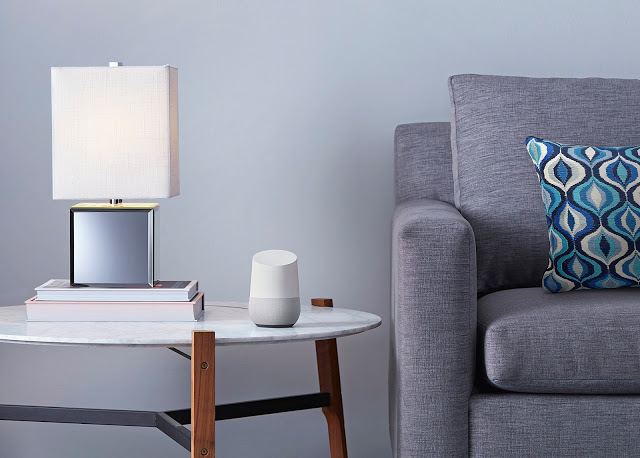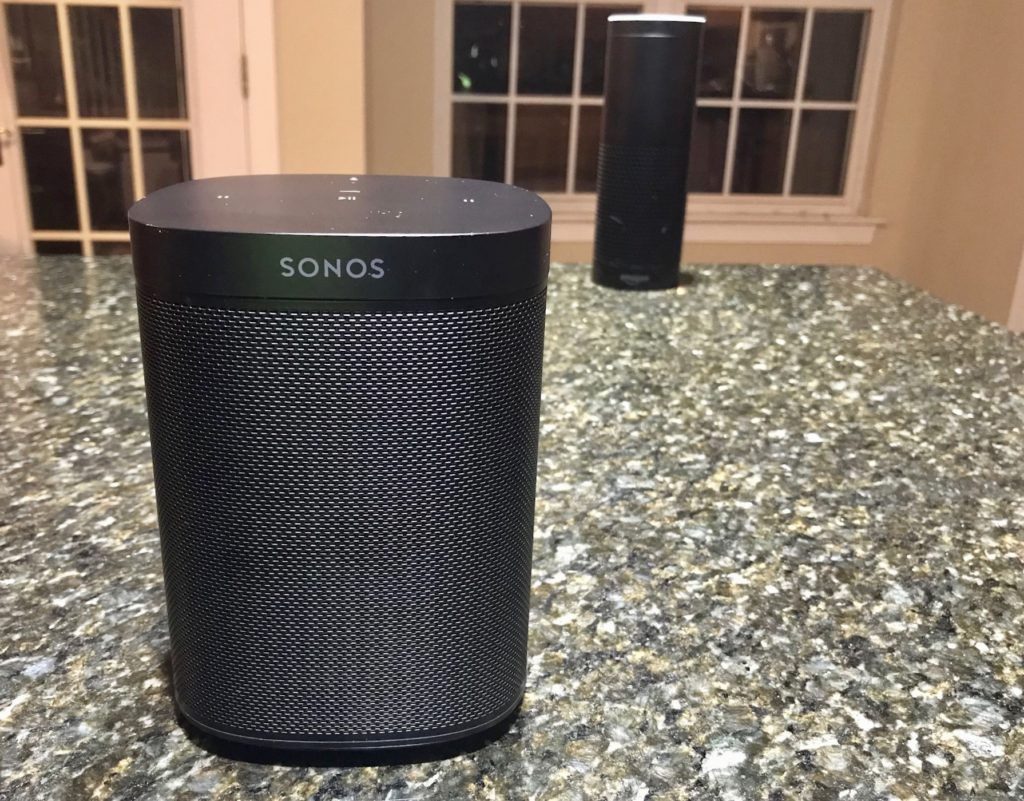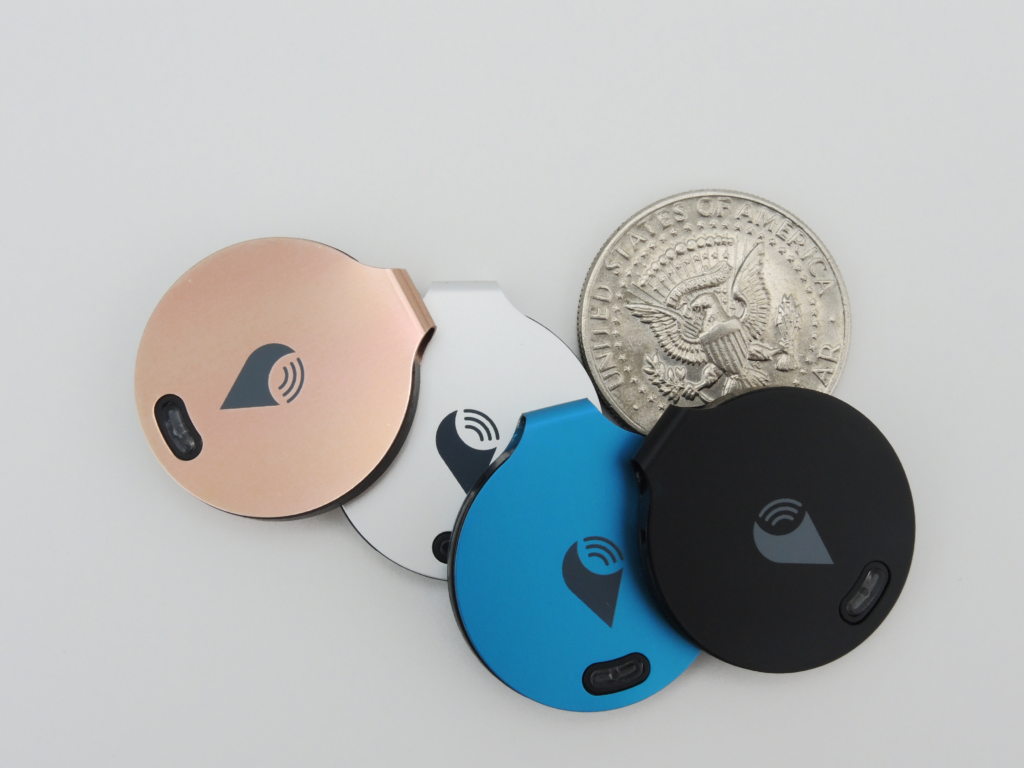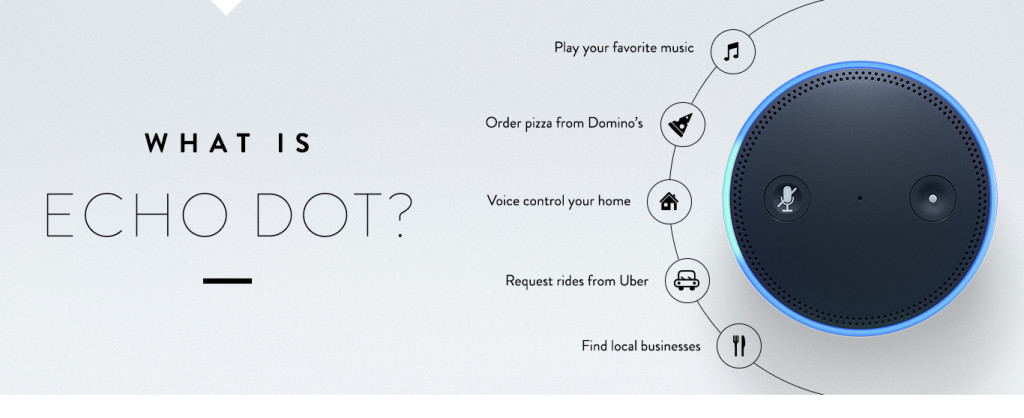I was at the Parks Connections event that covers the smart home this week, so I share a few thoughts on what’s holding back adoption and how to think about using AI to create a smart home. From there, Kevin talks about the new meeting function offered by Alexa and we add nuance to the debate over Amazon selling facial recognition software to police. We then dig into some additional doubts about the new Wi-Fi EasyMesh standard, cover Comcast expanding the places it offers new Wi-Fi pods, discuss funding for a smart light switch company and new Arduino boards. For the more industrial and maker minded, we talk about Ayla adding Google Cloud as a hosting option and Kevin shares how we put our IoT hotline into the cloud. Finally, we answer a question about getting different bulbs to work together before switching to our guest.
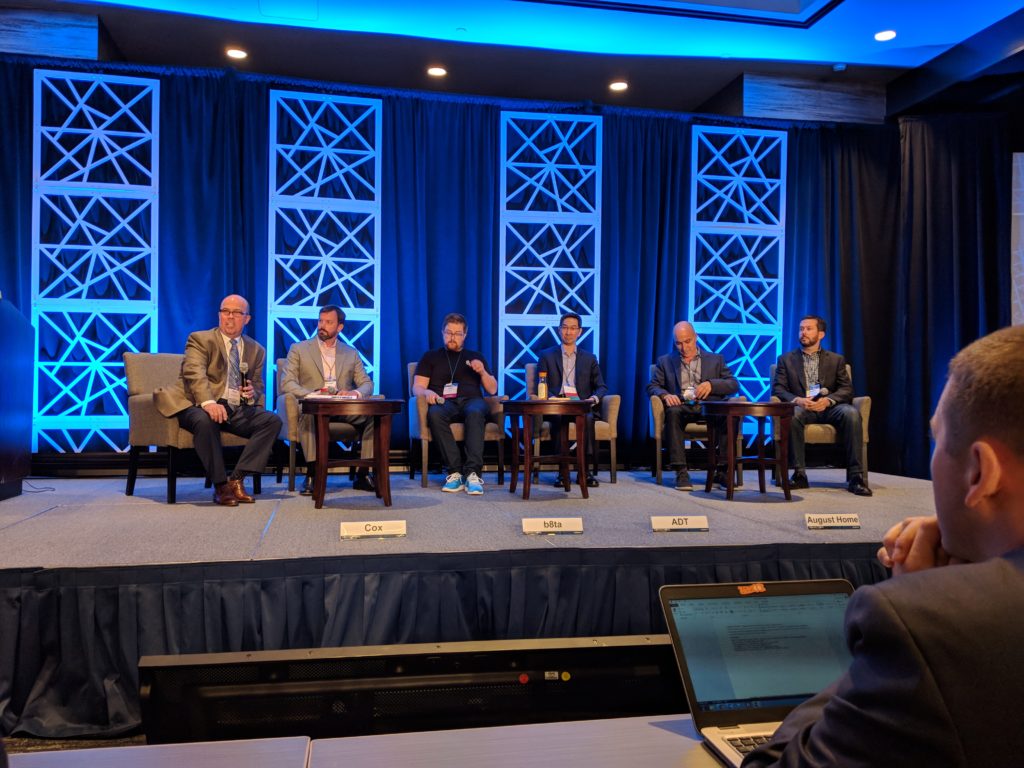
This week’s guest is Mitch Bowling, the CEO of Sears Home Services, who gives me the answer to what Sears plans to do with its acquisition of Wally sensor business back in 2015. I have been wondering what happened to Wally inside Sears for years. He also discusses how Sears can use IoT to make appliance repair better and the plans to add smart home installation services. Enjoy the show.
Hosts: Stacey Higginbotham and Kevin Tofel
Guests: Mitch Bowling, CEO of Sears Home Services
Sponsors: MachineQ and Bosch
- Device interoperability is a huge challenge for the smart home
- The fuss over computer vision is just beginning
- What can Sears Home Services do with IoT?
- The smart appliances are coming!
- The installer will see you now
Podcast: Play in new window | Download | Embed
Subscribe: RSS


